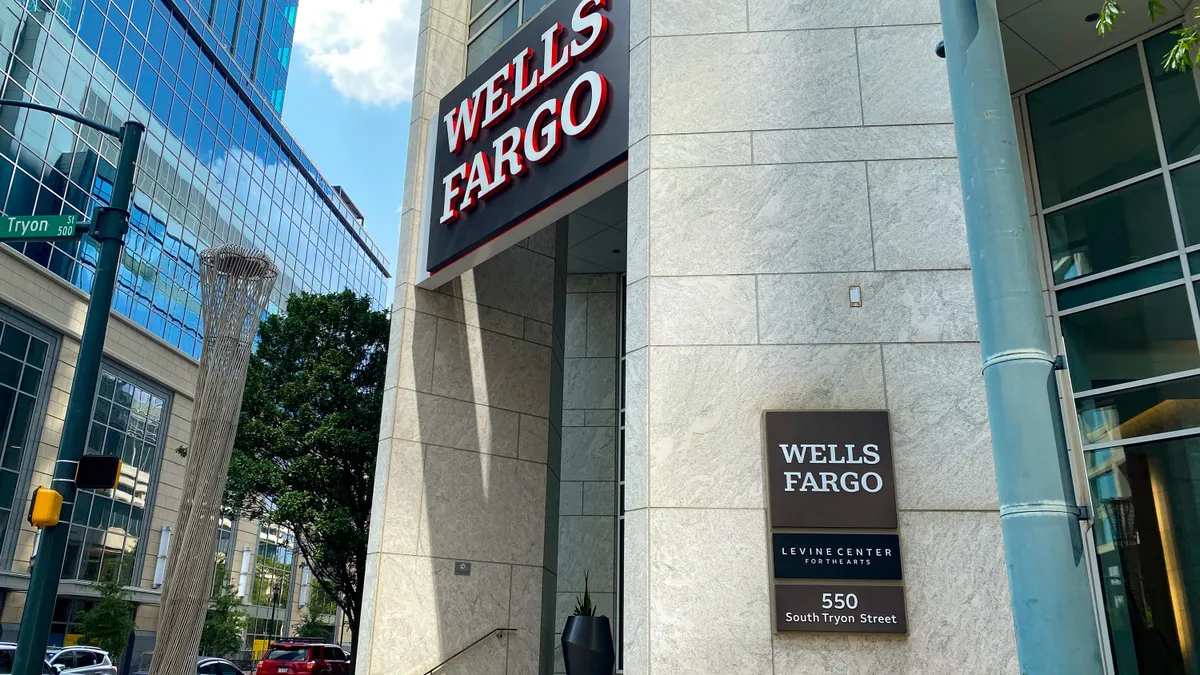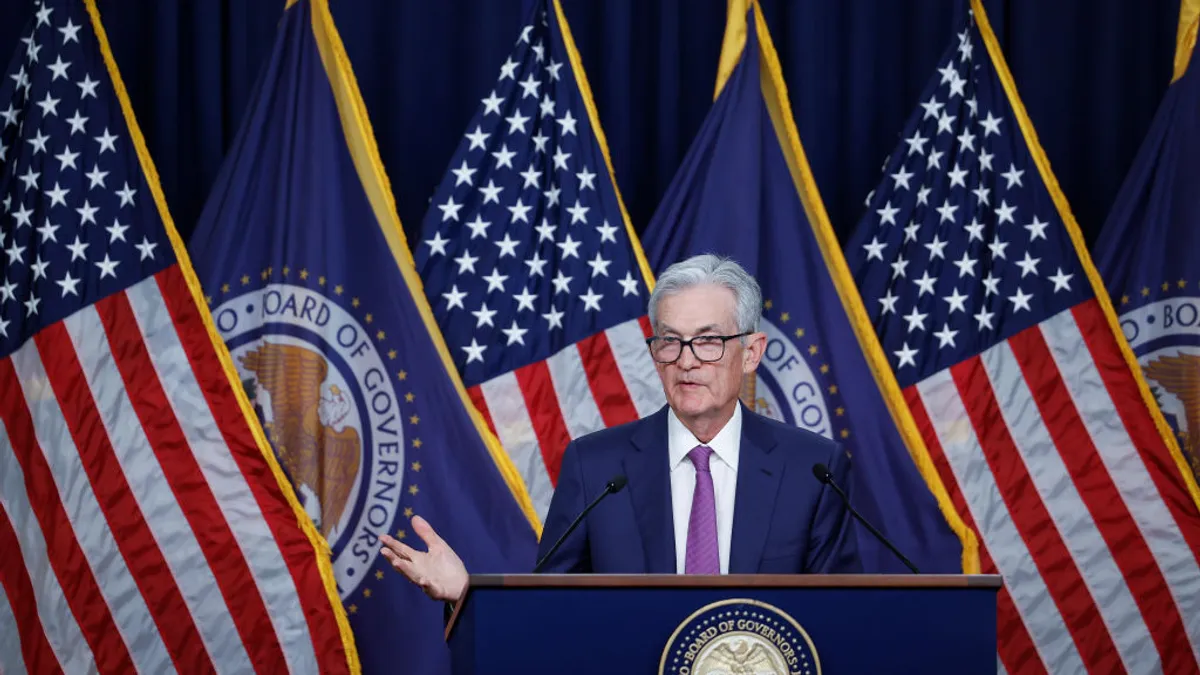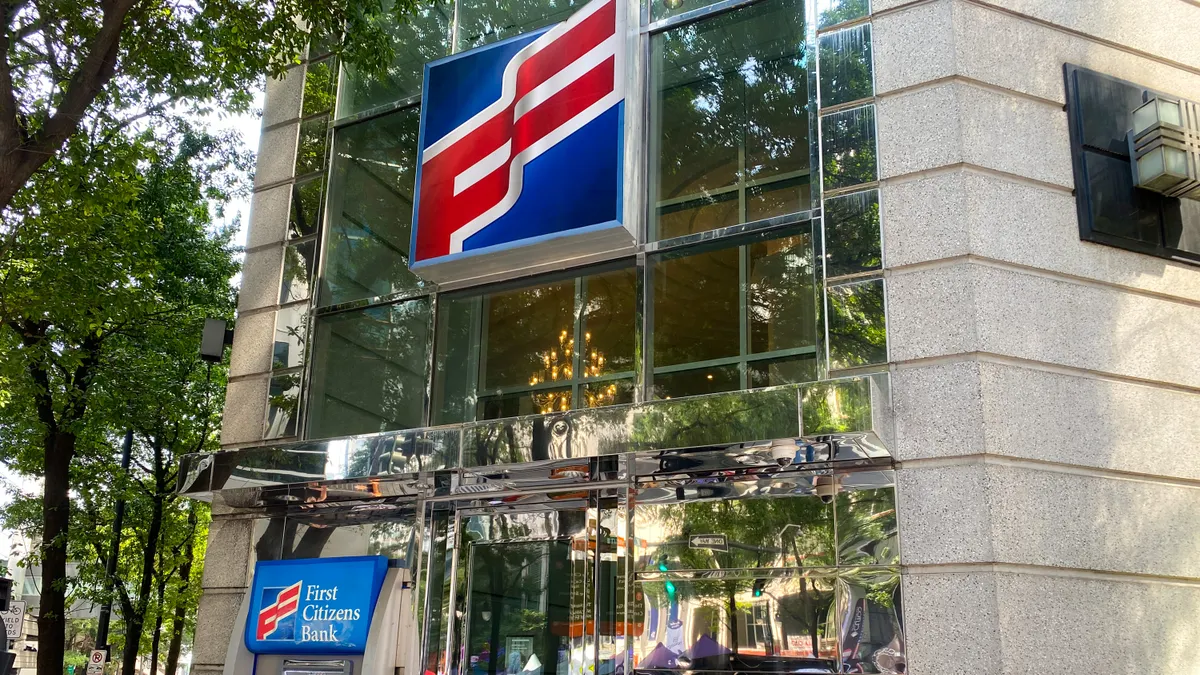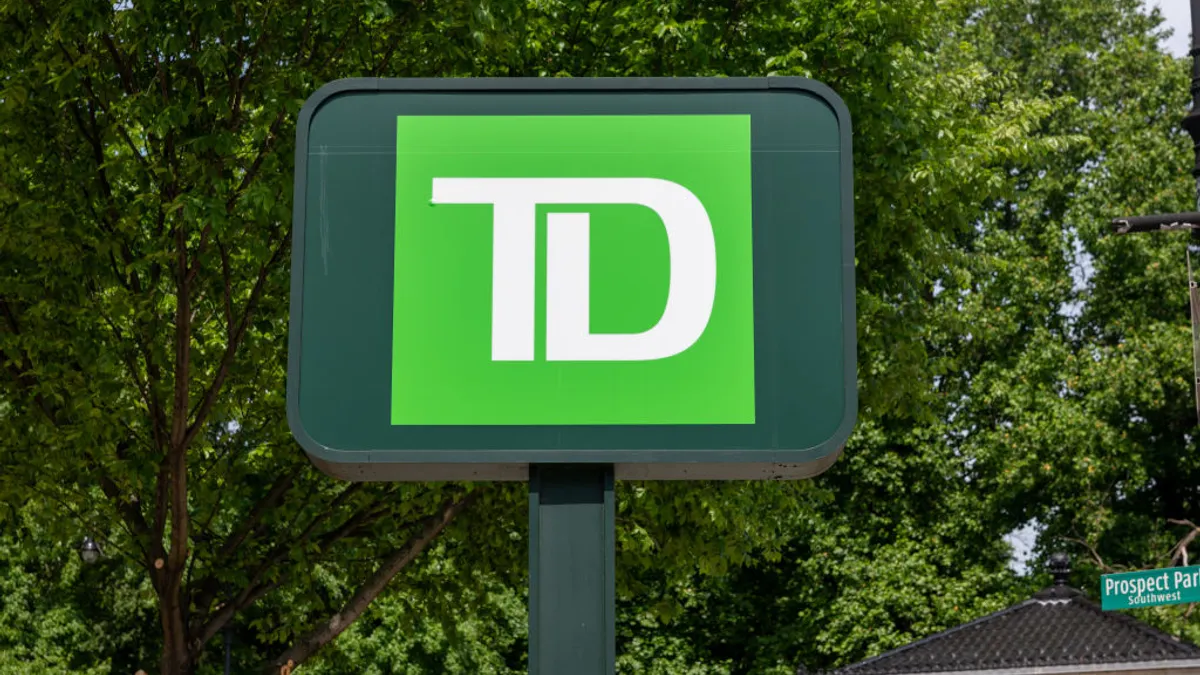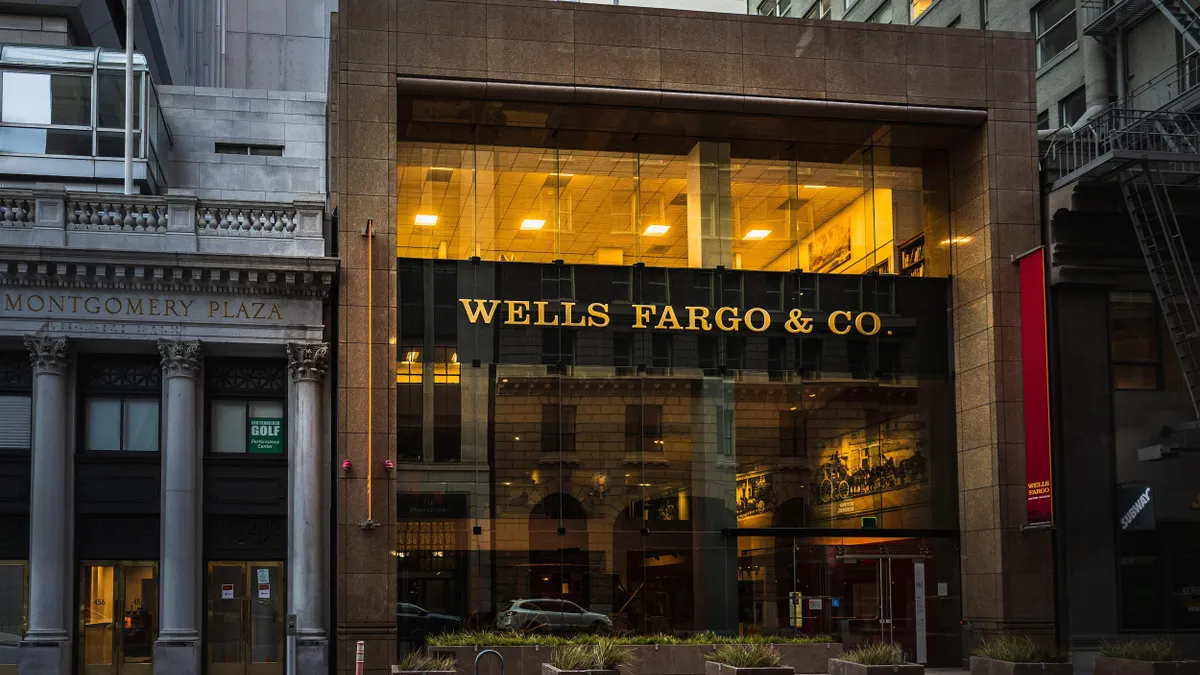Nearly two years into her time at Wells Fargo, April Schneider has been squarely focused on improvements to the lender’s small and business banking segment.
Schneider, who joined Wells in January 2024 after spending more than a dozen years at Bank of America, pointed to last year’s J.D. Power small-business banking satisfaction survey, which put Wells at No. 8 – tied with Citi – as a sign of progress.
“A few years ago, we were dead last,” she said in a recent interview. That was the case in 2022’s survey, with Wells at the bottom of a list of 17 banks.
“We’re not going to stop at eight. We have a lot more work to do,” said Schneider, head of small and business banking at Wells.
That work involves modernizing the account opening experience by making the digital onboarding process easier for business clients, and simplifying and growing the roster of products the $1.98 trillion-asset bank offers business customers.

Wells rolled out a new digital deposit application in January, a banker-assisted digital account opening tool in June, and the same for business lines of credit in September, Schneider said. All are meant to reduce the time it takes to open an account. Wells has also improved digital card account opening processes for business clients, and plans further enhancements next year, she said.
Wells’ consumer and small and business banking revenue rose 3%, to $6.3 billion in the second quarter.
Marketing and digital enhancements are points of emphasis to drive account growth and deepen relationships with existing business customers. In the wake of the bank’s asset cap being lifted in June, Schneider said her segment is one of the “top priority rails, in terms of growth” for the San Francisco-based bank.
The lender serves about 3.3 million small and business banking customers, a category that covers micro businesses to those with $25 million in annual revenue. That definition was the result of a recent realignment, which, in turn, has resulted in a focus on simplification, Schneider said.
Businesses typically want their entire banking relationship with one entity, Schneider asserted. “We probably have made it so that they hadn’t in the past,” but that’s changing, she said.
The bank wants to be able to “onboard a business in its entirety and not have to say, ‘We don't do that,’” Schneider said.
“We're going to make sure that we have that fully robust offering,” and be a one-stop shop for business banking needs, she said.
Streamlining the product roster for business clients has led to a sharper focus on serving customers as they grow. That includes being able to offer a credit card, a line of credit, a secured line of credit, all the way up to real estate financing, Schneider said.
As Wells strives to grow its credit card business broadly, the bank has launched a number of cards, including a cash-back business credit card designed to “meet the needs of our customers,” Schneider said.
Schneider noted the positive “halo” effect from the asset cap’s removal, as the bank chases growth. Without that growth restriction, the bank’s posture on marketing has changed.
“We went quiet for years, specifically on the business side of marketing,” Schneider said.
The bank declined to comment on potential growth in marketing investments, although CEO Charlie Scharf said this year the bank is spending “significantly more” on marketing than it was previously.
Wells spent $869 million on advertising and promotion in 2024, up 72% from 2022. In the second quarter, the bank’s noninterest expense rose 1% year over year, partly due to higher advertising and promotion spending.
The bank has relaunched offers and has promotions for existing customers, and sharpening go-to-market consistency is a priority for Schneider, too.
“A good percentage of business owner customers at Wells are also personal banking clients on the consumer side,” she said. They may have walked into a branch with existing knowledge, and “the worst thing you can do is to be completely different or not have similar rate offers.”
“We're getting really pretty crisp there as well, to make sure how we show up in a branch, how we show up in marketing and advertising and promotions and offers is as consistent as it can be, and that all of our bankers speak the same language in terms of terminology and meeting the client where they are,” Schneider said.
Branches, of which the bank has more than 4,000 nationally, remain key to serving business customers – even if they visit brick-and-mortar locations once a year.
“We find it extremely important to have that duality” between digital capabilities and physical presence, Schneider said.


